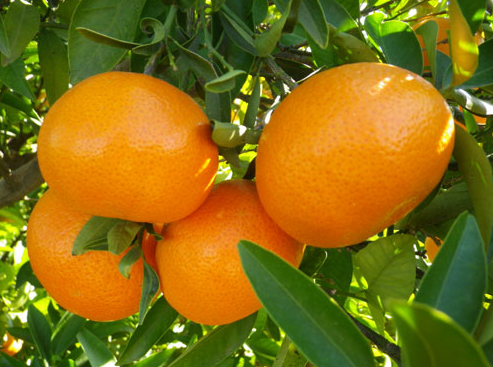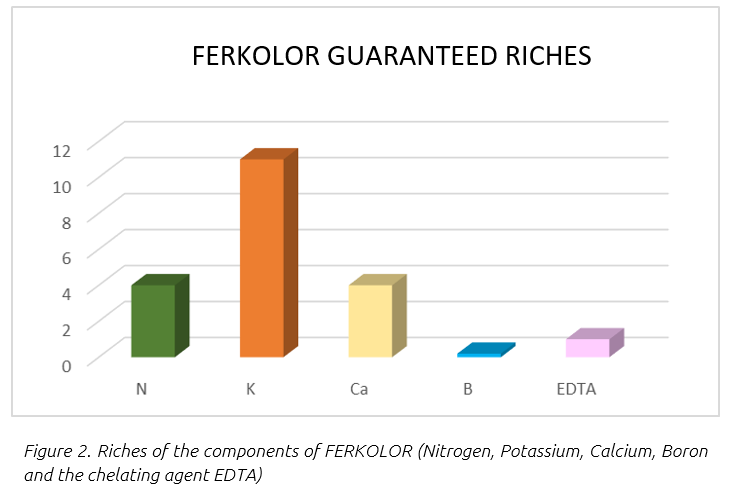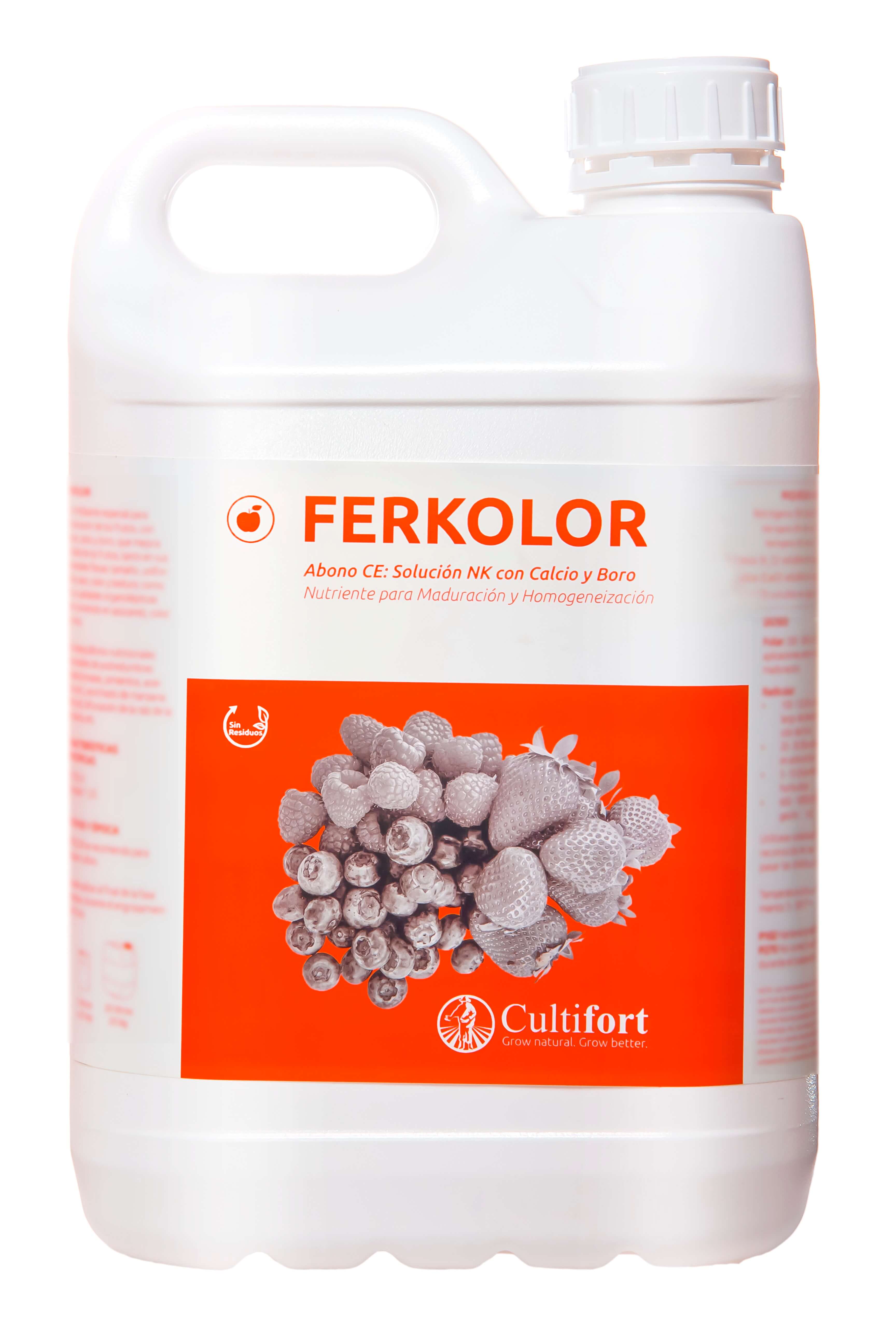FERKOLOR of Cultifort, applied in the maturation, favors the obtention of better quality of the fruits, with more sugar, better coloration and greater firmness.
Ripening is the final phase of growth and development of the fruit, in which a series of morphological, physiological and biochemical changes take place, aimed at improving the organoleptic characteristics (color, flavor, texture, aroma, etc.), which make it the final product reaches optimal conditions to be consumed. After flowering and fertilization there is a significant increase in cell division, which causes the fruit to act as a sink for water, nutrients and other elements. Ripening usually coincides, in some crops, with changes in skin color. At this time, chlorophylls are replaced by polyphenols, carotenoids, or other coloring and aromatic compounds.
These aromatic compounds give a characteristic smell to the different varieties of fruit.
On the other hand, the flavor also changes due to the hydrolysis of starches that are transformed into sugars. Its flavor goes from being bitter to sweet, also reducing its acidity.
The texture also changes, not only due to the hydrolysis of starches but also of pectins, reducing their fiber content. In addition, the degradative processes of the cell walls also influence the changes in the firmness of the fruit, making it more susceptible to damage or alterations during post-harvest handling.
Therefore, the flavor of the fruit is defined by the production of a complex mixture of volatile compounds, in combination with carbohydrates, organic acids and phenolic compounds.
The final quality of the fruit and its postharvest durability depend on all the operations carried out during cultivation, especially fertilization. Therefore, it is especially important to provide adequate nutritional supplements that contribute to improving and delaying the degradation and softening processes of the tissues associated with maturation.

From Cultifort we propose FERKOLOR, the special liquid fertilizer for the ripening of fruits, in which nitrogen, potassium, calcium and boron are combined.
Nitrogen is the element with the greatest influence, in general, on growth and production. When there is a deficit of this, the skin of the fruits can take pale colors, and the size can decrease, while an excess of this nutrient can increase the thickness of the skin and its moisture content, causing a loss of quality of the fruit. , due to the greater susceptibility to degradation caused by pathogens.
Potassium is especially important in fruit ripening, as it improves carbon assimilation, increases sugar content and reduces starch. In addition, this nutrient plays a very important role in osmotic regulation, controlling stomatal opening and closing and, therefore, helping to maintain adequate levels of transpiration and photosynthesis, necessary to guarantee a good ripening of the fruit. Numerous experiences have shown its high efficiency in increasing sizes, weight, color and prevention of “cracking” in sensitive citrus varieties, where the optimal K content is between 0.7 and 1.0%.

Calcium is associated with the structure of the cell wall of which it forms part as calcium pectate, located in the intercellular lamina. As a bioelement, it performs functions such as the regulation of nitrogen absorption, acts in the transport of sugars and proteins within the plant, increases the resistance of cell membranes, participates in the water economy of the plant, regulating movement of water in cells, etc. It has a relevant role in the ripening and storage processes of the fruits, so the pre-harvest calcium applications help to maintain firmness during transport and storage.
Boron is a multifunctional element with a very important role in regulating the transport of sugars, carbohydrates and potassium. It forms complexes with sugars, thus facilitating their circulation through the plant. It also increases the synthesis of glucose, which is the main sugar transported by vegetables. On the other hand, in addition to participating in the metabolism of nitrogen and in the formation of proteins, it acts as a hormonal regulator (highlighting the gibberellic acid within this regulation on the synthesis of hormones).
Calcium and boron are essential in cell division and in the synthesis of cell walls. Both elements reciprocally improve their translocation inside the plant.
Numerous field tests carried out with FERKOLOR, applied during ripening, confirm its excellent behavior, enhancing the quality of the fruits, both in their physical properties: size, uniformity, weight, and texture; as in its organoleptic qualities: flavor (sugar content), color and aromas.
In addition, it presents an excellent synergy with the biostimulant BVC 2021, by improving the size and foliage in the new sprouting of autumn.
In short, the use of FERKOLOR translates into:
- An increase in sugar content
- Better skin quality and fruit consistency
- Increased resistance to degradation during post-harvest
- More vivid coloring of the fruits
- An increase in crop yield


